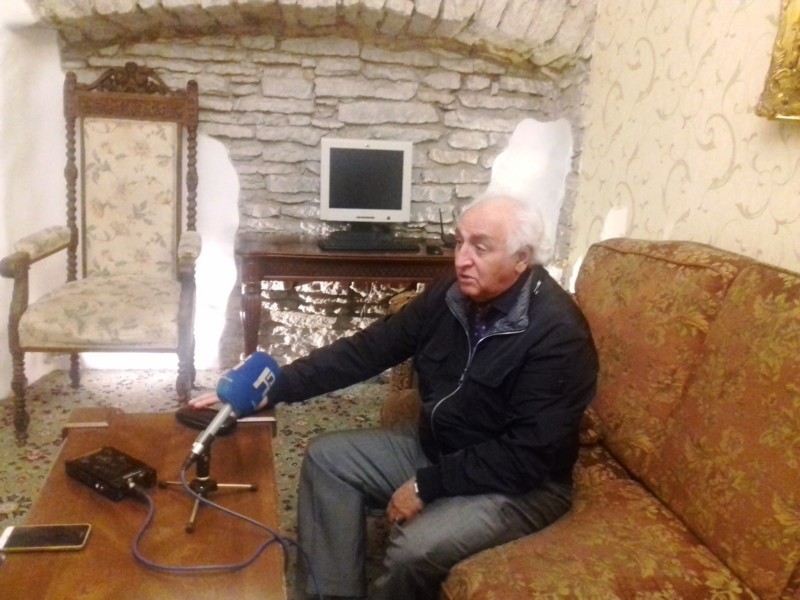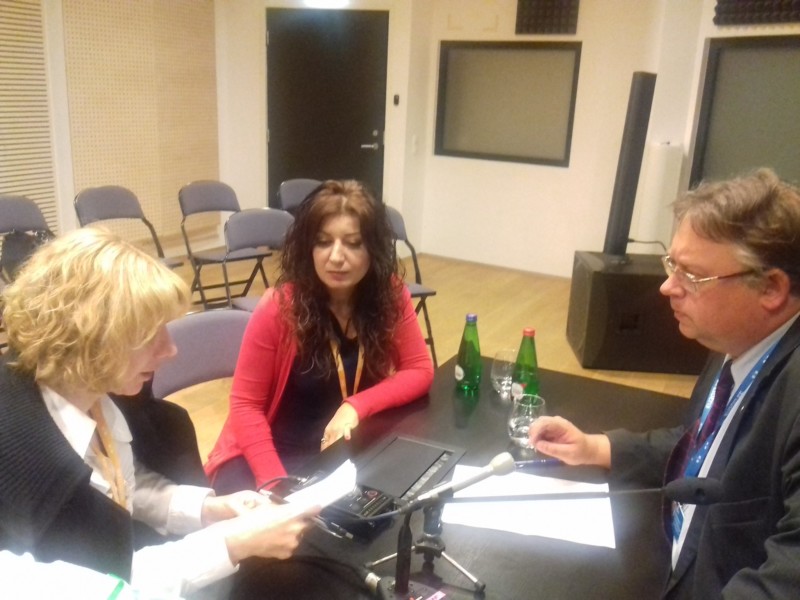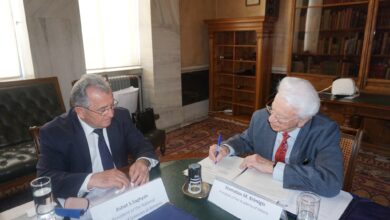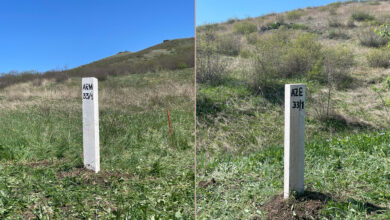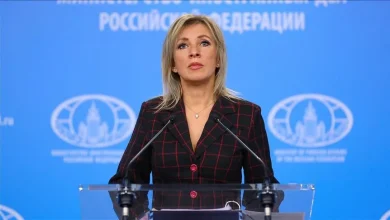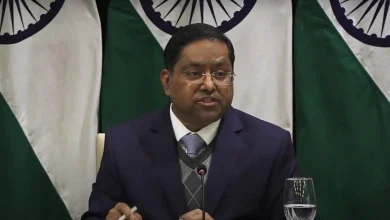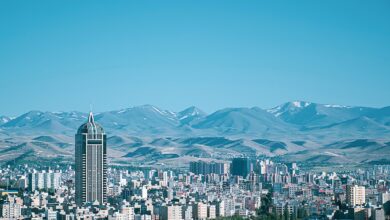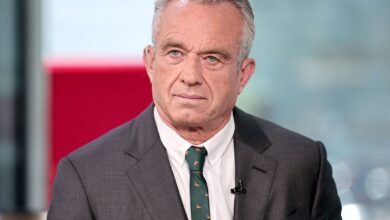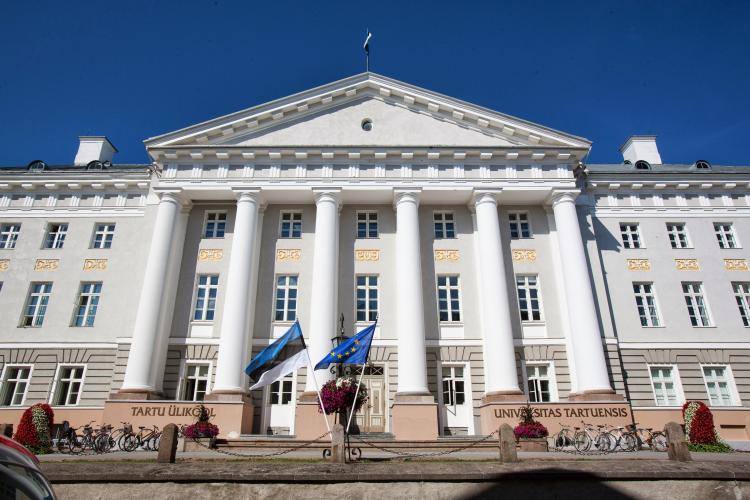

A number of Armenians have graduated from the University of Tartu in Estonia, the most famous being writer Khachatur Abovyan. The founder of modern Armenian literature has a lecture room named after him, which hosts the writer’s marble bust – a gift from Armenia.
The arrival of Professor Friedrich Parrot from the University of Dorpat in Livonia (in present-day Tartu, Estonia) in Armenia in September 1829 marked a turning point in Abovyan’s life.
Parrot traveled to Armenia to climb Mount Ararat to conduct geological studies and required a local guide and a translator for the expedition. The Catholicos assigned Abovian to accompany Parrot. With Abovian’s assistance, Parrot became the first explorer in modern times to reach the summit of Mount Ararat. Impressed with Abovian’s thirst for knowledge, Parrot arranged for a Russian state scholarship for Abovian to study at the University of Dorpat in 1830.
The auditorium named after Khachatur Abovyan was closed after Estonia gained independence and reopened only in 2009 thanks to efforts of the Armenian community, says Professor Rafik Grigoryan.
“Abovyan’s 200th birth anniversary was celebrated at the university in 2009, and everything was organized by the Armenian community. There was one goal – to reopen the auditorium,” said Rafik Grigoryan, who lectured at Tartu University for more than 25 years.
Despite the historic ties between the two countries, the Armenian-Estonian cooperation in education has room to develop.
“We cannot say that contacts do not exist. About ten teachers or university lecturers participate in exchange programs every year. Maybe, that’s not a big number, but they help establish contacts,” Mart Laidmets, Deputy Secretary General for General and Vocational Education at the Estonian Ministry of Education and Science, told Public Radio of Armenia.
He added, however, that there are too few student exchange programs between Estonia and Armenia. “We have more students arriving from neighboring Georgia, and Estonian students, in turn, visit the country. Therefore, I think we still have to work to find ways to develop cooperation between higher educational establishments and vocational schools. Unfortunately, those have not yet been found,” Mart Laidmets said.
He believes that much depends on universities. “If they establish contacts, the government will also come to help. I would like to see the President of Tartu University to visit Yerevan or heads of Armenian universities visit Estonia. We would like the educational establishments to take the first step,” the official said on the sidelines of a conference on “Future of Work: Making IT e-Easy” organized within the framework of Estonia’s Presidency of the EU Council.
The conference had brought together social partners, policy makers, academics and others to address strategic readiness to capitalize on the opportunities offered by digitization, automation.
Estonia has long acknowledged the advantages of innovation technologies for the employers, the employees and the public at large.
“It is nearly impossible to live in Estonia if you are not familiar with digital technologies. Many countries prohibit children from taking phones and tabs to school, but we try to use them to teach something. As a country presiding in the Council of the European Union, we have worked out a huge package of modernization of the education sector, where an important role is reserved to the IT technologies,” Mart Laidmets said.
Digital capacities are among the demands of the curriculum in the country, “It’s nearly impossible to teach at an Estonians school or a higher educational establishment if you don’t have the necessary skills,” he added.
As for education in Armenian, there are two Armenian Sunday schools functioning in Estonia.
“Unfortunately, not all parents realize the importance of the mother tongue and sacrifice their time to take their children to Armenian schools,” Rafik Grigoryan says.
The two establishments are not even considered Sunday schools and are called ‘school of interests.’ Rafik Grigoryan says, however, that “schools that are called to teach language and history are not a matter of interest only.” He believes that they should help preserve national identity and hopes legislative amendments will be adopted to change the status of schools.


